Table Of Contents
- What Is Impulse Buying?
- Major Factors Of Impulse Buying
- What Are The Reasons For Impulse Buying?
- Emotional State
- Instant Gratification
- Advertising
- Brand Loyalty
- What Are The Types Of Impulse Buying?
- Pure Impulse Purchasing
- Reminder Impulse Purchasing
- Suggestion Impulse Purchasing
- Planned Impulse Purchasing
- Some Common Impulse Buying Trends
- Major Examples of Impulse Buying
- Example 1
- Example 2
- Other Examples of Impulse Buying
- What Are The Major Signs Of Impulse Buying?
- How Can You Limit Impulse Buying?
- Follow A Budget
- Make Cash Purchases
- Think And Reflect Before Purchasing
- Maintain A Shopping List
- Follow The 24-hour Rule
- Cut Off Yourself From Tempting Places
- Wrapping Up
- What Is Impulse Buying?
- Major Factors Of Impulse Buying
- What Are The Reasons For Impulse Buying?
- Emotional State
- Instant Gratification
- Advertising
- Brand Loyalty
- What Are The Types Of Impulse Buying?
- Pure Impulse Purchasing
- Reminder Impulse Purchasing
- Suggestion Impulse Purchasing
- Planned Impulse Purchasing
- Some Common Impulse Buying Trends
- Major Examples of Impulse Buying
- Example 1
- Example 2
- Other Examples of Impulse Buying
- What Are The Major Signs Of Impulse Buying?
- How Can You Limit Impulse Buying?
- Follow A Budget
- Make Cash Purchases
- Think And Reflect Before Purchasing
- Maintain A Shopping List
- Follow The 24-hour Rule
- Cut Off Yourself From Tempting Places
- Wrapping Up
Impulse Buying: What Is It, Reasons, Types, Examples, And More
Impulse buying happens when there is a sudden urge to buy something without any prior thought or planning. Primarily, examples of impulse buying include small items like snacks, books, accessories, clothing, etc. However, in some cases, one can also purchase expensive items out of impulse buying, such as cars, expensive jewelry, luxury items, etc. One of the significant issues of impulse purchasing is that it can lead to overspending.
In this article, you will learn about impulse buying, why it happens, and how it works. Furthermore, we will also discuss the major types of impulse buying that are common among impulse buyers. Next up, we will discuss some common examples of impulse buying. Finally, we will share with you how you can limit your impulse-buying habit if you have it. Hence, to learn more, read on through to the end of the article.
What Is Impulse Buying?
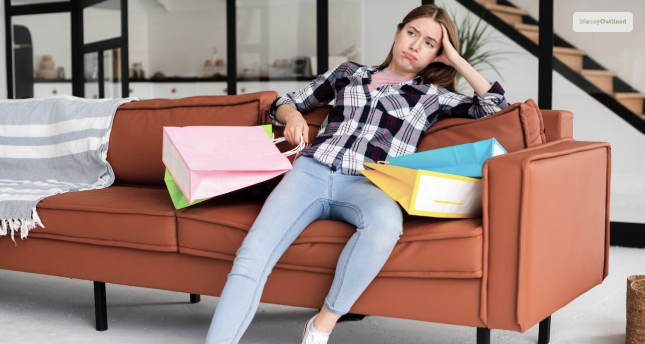
According to CNBC,
?An impulse purchase is defined as an unplanned and spontaneous decision to buy something. This sounds pretty straightforward, but there are some nuances. There are many different reasons that someone could suddenly decide to purchase something, such as their emotional state, effective advertising tactics, cultural factors, wanting the feeling of instant gratification, and others on top of that.?
Firstly, impulse buying might seem harmless in the first place, but once you start overspending, you can get financial stress. Hence, it gets hard to save money on a tight budget. This behavior is prevalent among consumers when businesses offer attractive offers and discounts. Due to this, consumers buy products from stores or online stores, even if they do not actually need them.
Companies come up with strategies to tempt customers to make more purchases. This helps drive companies’ sales figures. As a result, it leads to the promotion of the overall brand image of the company?s product. Apart from that, companies also promote discounts from time to time to better understand the needs and expectations of consumers about certain products. In addition to that, impulse buying also helps in rising sales returns.
Major Factors Of Impulse Buying
An article on Wall Street Mojo explains ?
?Impulsive buying refers to the attitude of the customer to buy unnecessary items due to impulsive behavior. It raises good expectations about the brand and associated products. In addition, it creates an additional demand for the products.?
The following are some of the major factors that show how impulse buying works:
- Impulse buying is a psychological response from customers when they buy things that they do not actually want (or need) at the moment.
- This occurs when a customer responds positively when a retailer or an eCommerce website provides big discounts and offers on certain products. Hence, the customers feel the temptation to buy, even though they do not need the products.
- Impulse buying leads to overspending on the part of the consumer. Furthermore, the purchase might not fit into the consumer?s spending budget and lead to financial mistakes.
- Other aspects that influence how impulse buying works in consumers include emotions, past experiences, store environment, instant gratification, etc.
- Impulse buying mainly occurs in people who do not have any savings or financial plan. One can avoid impulse buying by sticking to a savings plan. Apart from that, creating a shopping list also helps in this regard and ensures the individual stays on track with long-term financial goals.
What Are The Reasons For Impulse Buying?
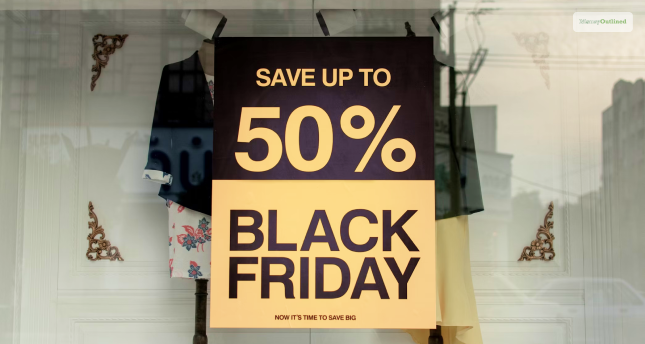
One of the most interesting facts about impulse buying is that it is not always logical and depends on the emotional state of the individual. Factors like the individual?s emotional well-being, self-esteem, store environment, etc., can play a big role in the decision of the buyer. The following are the major reasons why impulse buying can be hard to resist for a buyer:
Emotional State
Emotional states like boredom, fear, hunger, etc., can trigger impulse buying. Furthermore, impulse buying also increases during inflation, economic downturns, and presidential elections.
Instant Gratification
Instant gratification is one of the major reasons behind impulse purchases. It happens, according to psychologists, due to ?present bias.? Basically, it shows a tendency to spend small now so as to avoid larger spending in the future.
Advertising
Advertising is another reason behind impulse purchases. Here, many companies make attractive and engaging advertisements to get shoppers to spend their money, thus encouraging impulsive spending. According to various research, in a physical store, 40% of buyers spend more than what they have planned. On the other hand, 25% of consumers online overspend their money.
In addition to that, deals and promotions from companies also play a major part in influencing consumers to buy impulsively. Apart from that, other factors that help in this regard include product placement, store environment, salespersons, etc.
Brand Loyalty
This is one of the least talked-about reasons for impulse purchases. Big companies, including car manufacturers, tech companies, apparel companies, etc., focus a lot on repeat customers. They convince customers that they are the best with their products and services. Hence, when they come out with a new product, consumers can?t stop themselves. This phenomenon is brand loyalty. It impacts how fast a consumer buys a brand product a lot.
What Are The Types Of Impulse Buying?

Generally, there are four types of impulse buying. By understanding the types, you will be able to get a grasp on the process before someone starts buying impulsively. The following are the major types of impulse buying:
Pure Impulse Purchasing
Although the term makes no sense at first look, it depends a lot on promotions, discounts, and items that you thought of purchasing before. This can be explained with the help of an example. Let?s say you have thought of buying a new sound system (of a particular brand and model) for your home. While going through an online store, you find that the sound system is available for a 40% discount. Hence, it becomes impossible for you not to buy it.
Reminder Impulse Purchasing
Suddenly, you see an item, or you remember a thing that made you think that you need something else as well. This is a reminder of impulse buying. For example, you visit a retail store to buy some vegetables. However, when you are going past the detergent section, you realize that you need a dishwashing soap. Hence, you buy a dishwashing solution.
Suggestion Impulse Purchasing
This type of impulse buying is more rational than the other two. Here, your mind actually creates the need for the product. However, this happens when a marketing message elsewhere convinces you to buy something. For example, you go out to have some cola. However, instead of ordering one, you order sparkling water since you got the message that it contains fewer calories.
Planned Impulse Purchasing
Although the term makes no sense at first look, it depends a lot on promotions, discounts, and items that you thought of purchasing before. This can be explained with the help of an example. Let?s say you have thought of buying a new sound system (of a particular brand and model) for your home. While going through an online store, you find that the sound system is available for a 40% discount. Hence, it becomes impossible for you not to buy it.
Some Common Impulse Buying Trends
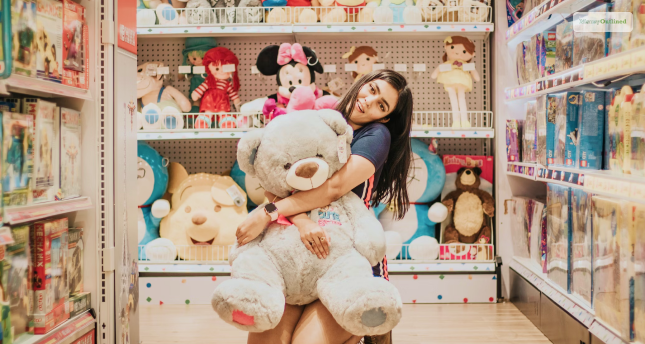
According to the National Institutes of Health (NIH),
?The impulse buying causes an emotional lack of control generated by the conflict between the immediate reward and the negative consequences that the purchase can originate, which can trigger compulsive behaviors that can become chronic and pathological.?
You have already come across a few examples of impulse buying in the previous section. However, let?s look at some examples in detail.
The following are some of the major products that people bought impulsively before the COVID-19 pandemic:
- Food and groceries
- Household items
- Clothing
- Coffee
- Books
- Technology
- Shoes
- Takeout
- Vehicles
- Toys
The following are some of the major products that people bought impulsively after the pandemic:
- Clothing
- Hand sanitizer
- Cleaning supplies
- Toilet
- Canned food
- Hand soap
- Dish detergent
- Video games
- Headphones
- Home Improvement
- Shoes
- Books
Major Examples of Impulse Buying
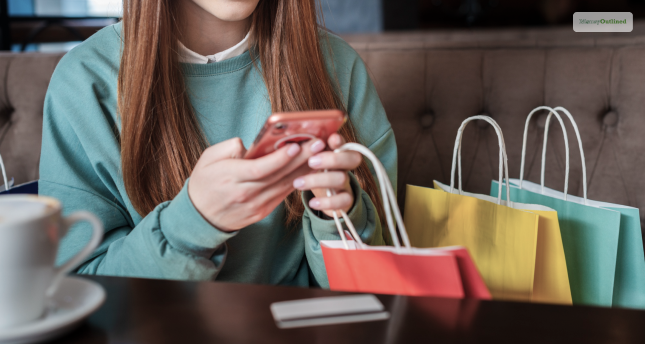
As you already know, impulse buying is common and can occur in many forms. It can even be buying a small candy or spending a lot of money on clothing at the time of sale. Basically, a person does impulse purchasing without a plan and a budget. The following are some of the major scenarios of impulse purchasing that you need to learn about:
Example 1
Suppose Kathy loves apparel and beauty products. During mid-November, she encounters massive discounts on beauty and apparel on a major eCommerce website. Once she sees 50-60% off on some attractive products, she starts impulse buying. Hence, you can see that the person did not stick to her budget and buying plan.
As a result, Kathy spends a lot of her money on things that she does not need now. Although she might use the products later or immediately, it was actually not necessary for her in the first place. If she had not seen the discounts, she would not have spent her money on beauty and apparel products.
Example 2
During the start of the pandemic, as the lockdown started, many people started impulse-purchasing regular products. The time saw a rise in the purchase of essential items. Here, people were stocking items in their homes that they actually did not need at that time.
Other Examples of Impulse Buying
There can be a variety of forms of impulse buying that a person can delve into. It can be either grabbing a chocolate bar at the checkout line of the departmental store or even spending a lot on clothing sales on an eCommerce website.
The following are some common examples of impulse buying that you need to know:
- Grabbing an ice cream at a store, although it was not on your grocery shopping list.
- Spending money on a movie ticket at the last minute because friends are going.
- You buy sunglasses from a mall kiosk after you listen to a sales pitch.
- Buying a watch from a store since it looked awesome inside a display case.
- You pay to subscribe to a streaming service just because you want to watch one series or a movie. Furthermore, you did not cancel the subscription even after watching the movie multiple times.
- You take delivery of your lunch/dinner despite having a plan to stick to a meal plan.
- Purchasing a Gift Card online due to discounts, even though you do not need it.
- You invest in something unexpected since it looks good, although it was not part of your investment plan.
What Are The Major Signs Of Impulse Buying?
Just like there are significant symptoms for a disease, there are symptoms for impulse buying, too. To find out whether you (or someone) buying impulsively or not, check the following steps:
- If you are feeling a change in mood or looking for instant gratification
- You spend beyond your budget
- You are not able to pay off your bills always
- Returning your purchases quite often or even hiding your purchases
- You feel buyer?s remorse from time to time.
How Can You Limit Impulse Buying?

One of the first things that you need to have in place is a savings plan. This will help you work on managing finances. Structuring your expenses as per a plan can help you manage your finances better, as you will limit unnecessary spending. On the other hand, you can consider reconciling your bank account to avoid spending.
According to CapitalOne,
?People with impulsive spending habits may want to stop?but don?t know where to start. Sticking to a budget, setting savings goals, using shopping lists, and paying in cash are all ways to try to limit impulse buying. Financial freedom could be just around the corner.?
The following are some of the major steps you can take to limit your impulse buying behavior:
Follow A Budget
Having a budget is one of the most obvious steps you can take to track your expenses and purchases. Hence, you will have a spending framework in line. There are many personal budget templates available online. Download them, print them, and start using them. You can also check many popular personal budget apps. By using a budget, you can dedicate portions of your budget to specific spending areas.
Make Cash Purchases
Make a cash-only budget. This will help you reduce impulse buying significantly. Hence, you will have a limited amount of money in your hand. Consumers who limit their spending to their in-hand cash spend a lot less than the ones who use credit/ debit cards. This is because, when you look at the amount of cash, you will think twice before parting with it.
Think And Reflect Before Purchasing
Although it sounds simple, thinking and reflecting are difficult things to do when you feel the temptation to purchase something. However, considering the pros and cons of a purchase before you make one will help you make a more mature decision. Hence, you must stop yourself from thinking about the purchase.
Maintain A Shopping List
According to BankRate.com,
?Before heading to the store or browsing online, make a shopping list of items that you genuinely need. A shopping list provides a clear plan for your shopping trip, eliminating ambiguity and reducing the chances of being swayed by impulses. It also acts as a reminder of your goals and priorities.?
Here, you can start using various apps that allow you to make shopping lists in an organized fashion. Also, you can share your lists with friends and family to streamline your shopping.
Follow The 24-hour Rule
Let?s say a given offer is tempting you a lot. In such cases, you must give yourself a cooling period of 24 hours. These hours will give you a space between the initial impulse and the time when you actually make the purchase. Basically, in this given time frame, the initial excitement will fade away. Hence, you will get the chance to reconsider your expenses. Furthermore, you will also be able to research the features of the product online and compare prices with other options.
Cut Off Yourself From Tempting Places
Stop visiting those places (both online and offline) that fuel your temptation to do impulsive buying. If you are subscribed to certain websites, you will get a notification on offers. Switch off those notifications and make sure you are not disturbed by them.
If you get captivating images, promotions, and flashy ads, it will be tempting for you to take a look at the products and buy them. This can lead to financial stress and instability in your mental health.
Furthermore, you must also look for other ways to limit your impulse spending. Moreover, insert a spending limit on your credit card if you want to curb your impulsive buying behavior.
Wrapping Up
Hope this article was helpful for you in understanding the major aspects of impulse buying, and how it leads to people making bad financial decisions. If you want to stop impulse buying, consider following the aforementioned steps. Do you have more suggestions on how to stop impulse buying? Consider sharing them with us in the comments section below.
Continue Reading:









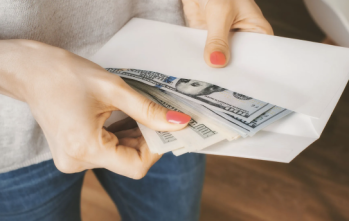

Leave A Comment